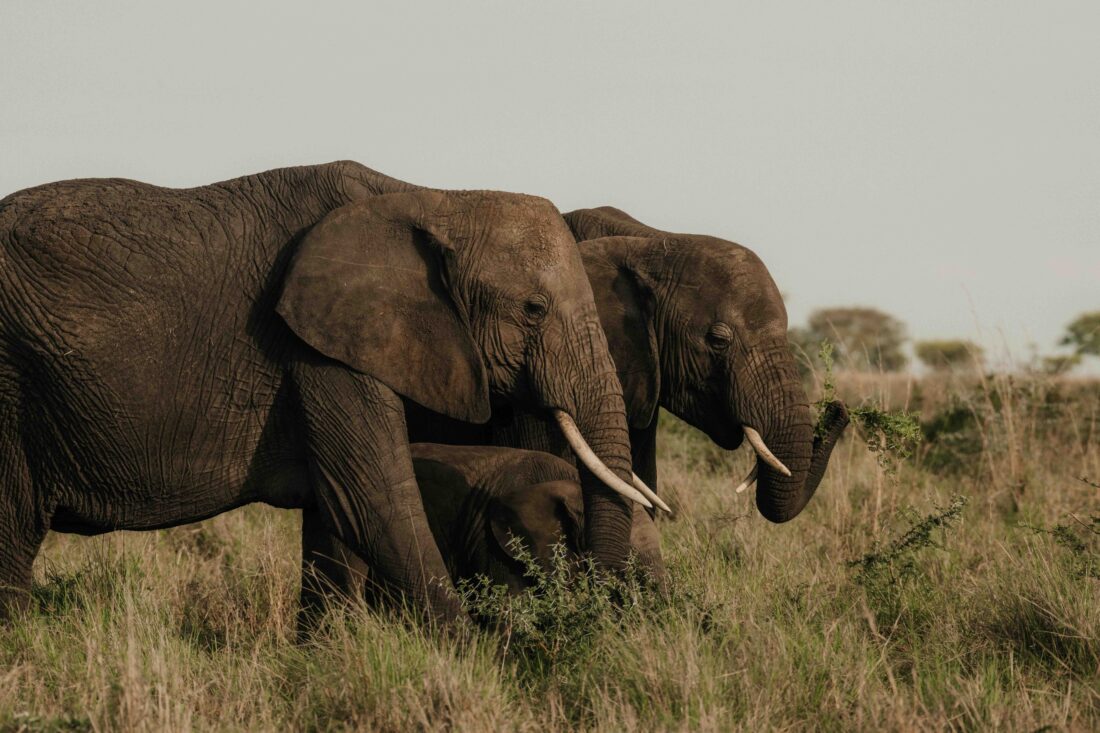Crop use structures resource selection strategies for African elephants in a human-dominated landscape
Authors: Nathan R. Hahn, Jake Wall, Kristen Deninger-Snyder, Kate Tiedeman, Wilson Sairowua, Marc Goss, Stephan Ndambuki, Ernest Eblate, Noel Mbise, George Wittemyer
Abstract
To conserve wide-ranging species in degraded landscapes, it is essential to understand how the behavior of animals changes in relation to the degree and composition of modification. Evidence suggests that large inter-individual variation exists in the propensity for use of degraded areas and may be driven by both behavioral and landscape factors. The use of cultivated lands by wildlife is of particular interest, given the importance of reducing human-wildlife conflicts and understanding how such areas can function as biodiversity buffers. African elephant space use can be highly influenced by human activity and the degree to which individuals crop-raid. We analyzed GPS data from 56 free-ranging elephants in the Serengeti-Mara Ecosystem using resource selection functions (RSFs) to assess how crop use may drive patterns of resource selection and space use within a population. We quantified drivers of similarity in resource selection across individuals using proximity analysis of individual RSF coefficients derived from random forest models. We found wide variation in RSF coefficient values between individuals indicating strongly differentiated resource selection strategies. Proximity assessment indicated the degree of crop use in the dry season, individual repeatability, and time spent in unprotected areas drove similarity in resource selection patterns. Crop selection was also spatially structured in relation to agricultural fragmentation. In areas with low fragmentation, elephants spent less time in crops and selected most strongly for crops further from protected area boundaries, but in areas of high fragmentation, elephants spent twice as much time in crops and selected most strongly for crops closer to the protected area boundary. Our results highlight how individual differences and landscape structure can shape use of agricultural landscapes. We discuss our findings in respect to the conservation challenges of human-elephant conflict and incorporating behavioral variation into human-wildlife coexistence efforts. Read the full article here.




